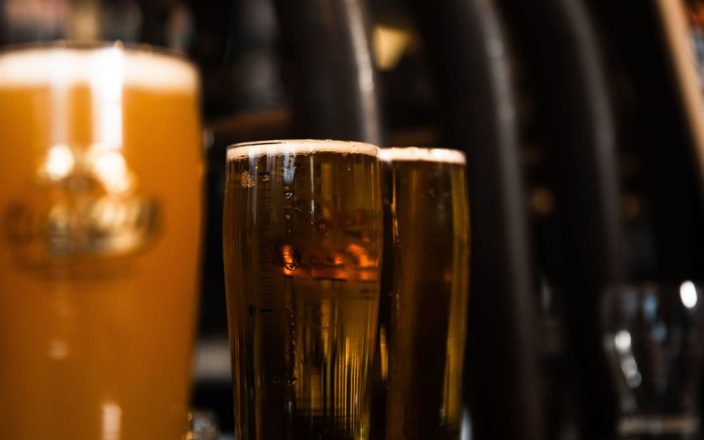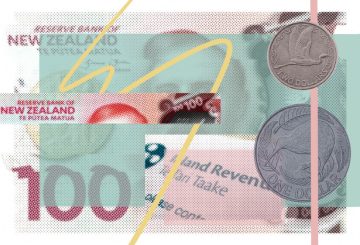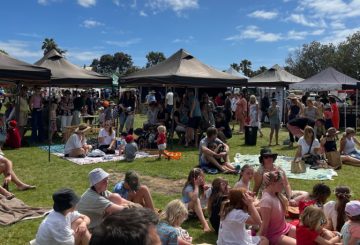2018년 연구에 따르면 뉴질랜드에서 알코올로 인해 900명 이상이 사망하고 29,282명이 입원하는 것으로 나타났습니다.이렇게 많은 입원 인원이 웰링턴 지역 전체 병상의 절반을 채울 수 있습니다.대부분의 사망은 암 (42%), 부상 (33%), 간 문제 (25%) 와 관련이 있었습니다.남성의 발병 빈도가 가장 높았으며, 마오리인들은 알코올로 인한 사망률이 다른 사람들보다 두 배나 높았다.
오타고 대학의 Anja Mizdrak 박사는 이러한 발견이 알코올이 건강에 해로운 영향을 미친다는 과거 연구와 일치한다고 말했습니다.그녀는 이 데이터가 6년 전에 나온 것이지만, 알코올 사용과 관련된 건강 문제는 크게 변하지 않았기 때문에 현재 상황도 비슷하다고 믿고 있습니다.
이 연구는 성인에만 초점을 맞췄으며 알코올이 어린이와 음주 운전 피해자를 포함한 다른 사람들에게 미치는 영향은 설명하지 않았습니다.Mizdrak은 2018년 알코올 관련 입원 건수가 웰링턴 병원 수용 인원의 절반에 필적했다고 강조했습니다.
그녀는 알코올 광고 제한, 이용 가능 여부 감소, 세금 인상, 국가 검진 프로그램 시작 등 여러 가지 해결책을 제시했습니다.6월, 정부는 2009년 이후 처음으로 주류 부과금을 인상했지만, 맥주 가격에 0.5센트 미만이 추가되면서 인상폭은 미미했습니다.
맷 두시 (Matt Doocey) 부보건부 장관은 정부가 음주 피해를 줄이는 것을 목표로 한다고 밝혔습니다.새로운 부과금은 태아 알코올 스펙트럼 장애 지원을 포함한 이니셔티브를 위한 기금을 마련할 것입니다.그러나 전문가들은 알코올 관련 피해 정도에 비해 자금 지원이 여전히 충분하지 않다고 생각합니다.
알코올 헬스워치 (Alcohol Healthwatch) 의 앤드류 갤러웨이 (Andrew Galloway) 씨는 15세 이상의 위험 음주자가 약 67만 명에 달하는 등 상황이 개선되지 않았다고 지적했습니다.그는 스코틀랜드의 최저 단가와 같은 다른 국가에서의 성공적인 정책으로 인해 알코올 관련 사망자가 크게 감소했다고 지적했습니다.
그는 알코올 중독을 도로 통행료 (여전히 높은 통행료) 와 같은 다른 사망 원인과 비교했는데, 이는 알코올 관련 문제에 더 초점을 맞출 필요가 있음을 시사했습니다.





























































